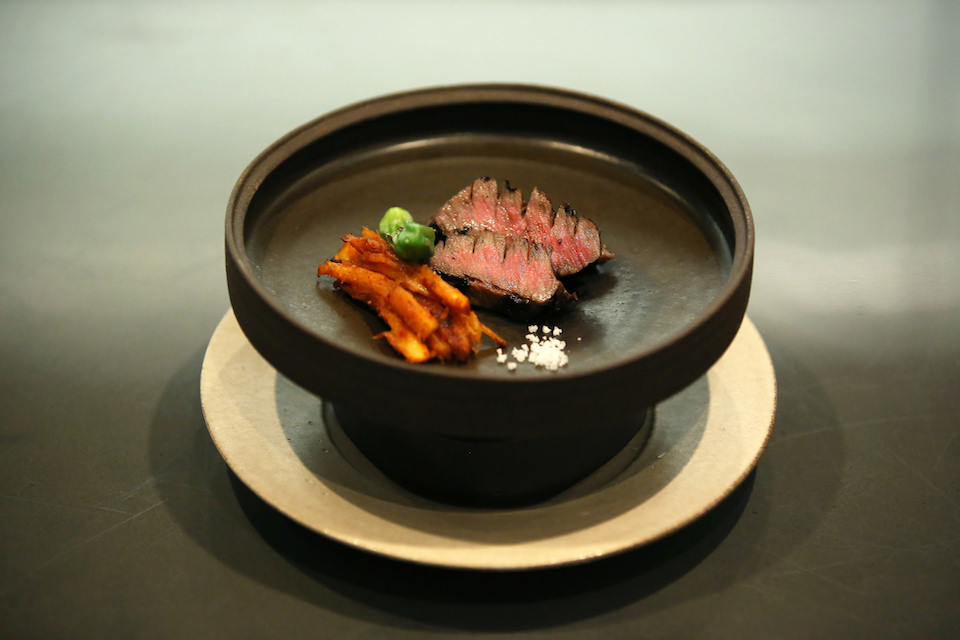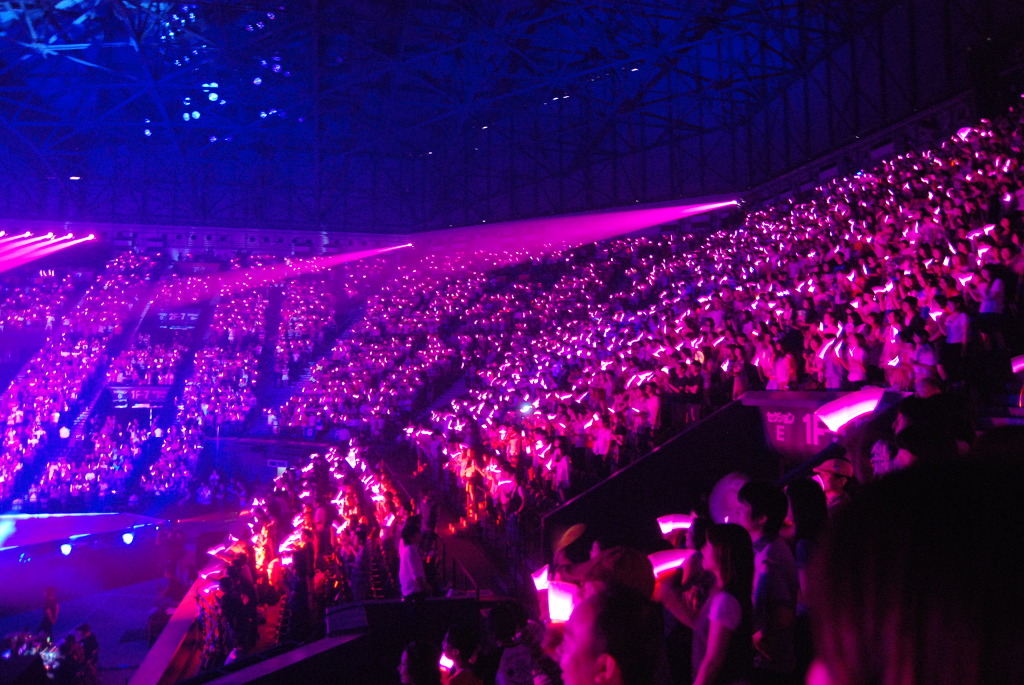Arguably the most reputable restaurant guide in the world, the Michelin Guide is a matter of life and death for some seasoned chefs. Earning a star not only drives hundreds of eager gourmets to the restaurant, but also vests the chef with a sense of accomplishment. The debut of the Michelin Guide in Seoul last November, therefore, signaled that the South Korean gastronomy scene was joining those in countries with longer pedigrees of fine dining, like France and Italy.


